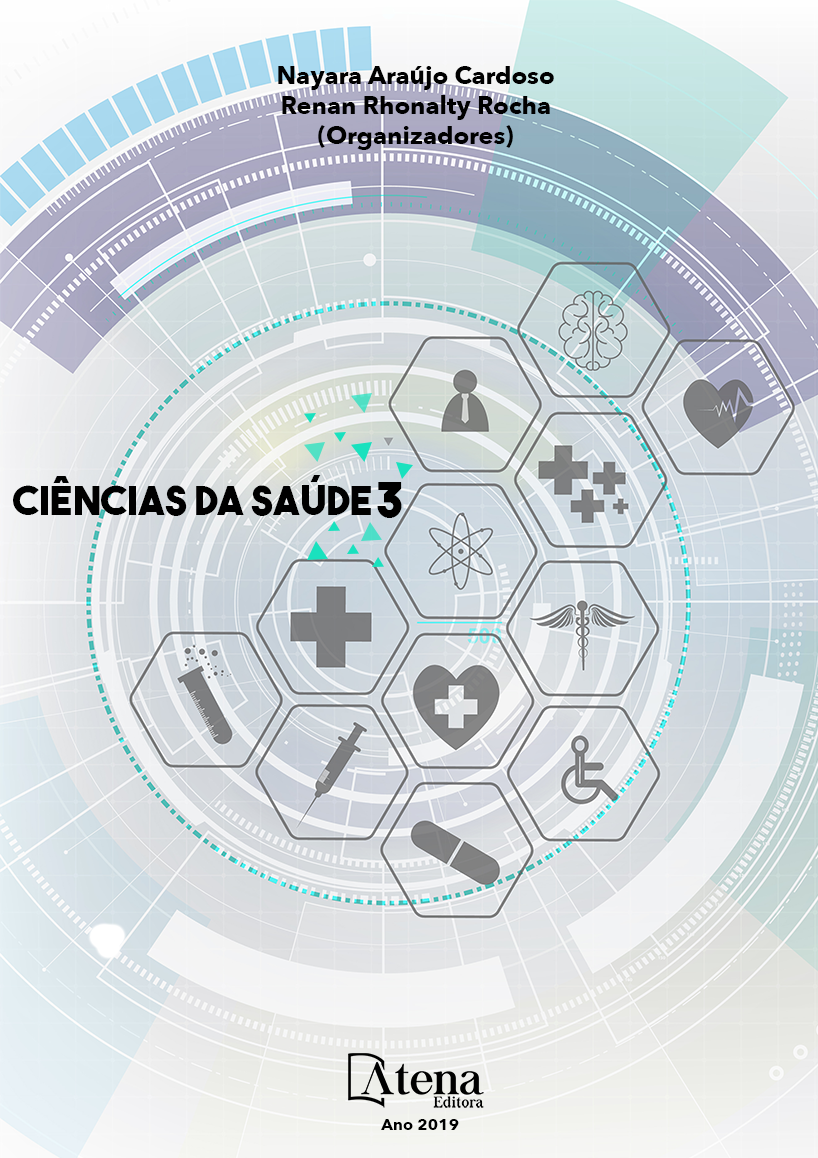
RELAÇÃO ENTRE FORÇA MUSCULAR E DISTRIBUIÇÃO PLANTAR APÓS CORRIDA DE RUA
A corrida é um dos esportes
mais populares e as estatísticas mostram
um crescimento significativo nos últimos
anos. Apesar de possuir diversos efeitos
positivos, apresenta um número elevado
para índice de lesões. O objetivo deste
trabalho é correlacionar a variação da
força muscular com a de pressão plantar e
superfície de contato após 5 km de corrida
de rua em atletas amadores. A amostra
foi por conveniência com 15 indivíduos,
ambos os sexos, e que realizassem no
mínimo 5km de corrida. Foram excluídos da
pesquisa aqueles que apresentaram lesões
osteomiarticulares em MMII. Os atletas
responderam um questionário contendo
informações de dados pessoais, tempo de
prática e volume de treino. Em seguida foram
submetidos a dois tipos de avaliações: A
dinamometria manual digital e a avaliação
baropodométrica. As variáveis numéricas
foram testadas quanto à normalidade por
meio do teste de Shapiro-Wilk. Foram
utilizados os testes T de Student pareado
para comparação das variáveis de força e
de baropodometria entre MIE e MID. Para
correlação entre as variações da força e dados
baropodométricos utilizou-se a correlação
linear de Pearson. A significância estatística
foi estipulada em 5% (p≤0,05). Os dados foram
tabulados e analisados no programa Instat.
Como resultado, observou-se diferença
significativa na força para tibial anterior em
MIE (p=0,001), na baropodometria não houve
diferença significativa entre MIE e MID. Já na
comparação da força com a baropometria ao
final da corrida apresentaram significância
para tibial anterior x pressão máxima em
MIE (p=0,0499), o tibial posterior x superfície
plantar apresentou resultados significativos
em MIE (p=0,0012) e MID (p=0,0134),
por fim, os resultados apresentados pelo
músculo gastrocnêmio x deslocamento
anterior mostraram um resultado também significativo (p=0,0101). Com tais resultados apresentados, pôde-se concluir que
houve diferença significativa na comparação de força do músculo tibial anterior
apenas em MIE, acreditamos que não houve alteração no MID pelo fato de ser o
membro dominante. O mesmo ocorreu na comparação da força muscular com os
dados de baropodometria ao final da corrida. Já para a pressão plantar isso não
ocorreu.
RELAÇÃO ENTRE FORÇA MUSCULAR E DISTRIBUIÇÃO PLANTAR APÓS CORRIDA DE RUA
-
DOI: 10.22533/at.ed.28219180214
-
Palavras-chave: Análise, Corrida, Força Muscular, Lesões.
-
Keywords: Analyze, Running, Muscle strength, Injuries.
-
Abstract:
The race is one of the most popular sports and statistics show
significant growth in recent years. Although it has several positive effects, it
presents the high number for injury index. The purpose of this work is to correlate
the variation of muscle strength with that of plantar pressure and contact surface
after 5 km of street racing in amateur athletes. A sample of convenience was used
with 15 individuals, both sexes, and to perform at least 5 km of run. Those who
presented osteomiarticulares lesions in lower limbs were excluded from the survey.
The athletes responded to a questionnaire containing personal data information,
practice time and training volume. Then they were subjected to baropodometric
evaluation, being applied in static and dynamic position. Another evaluation was
carried out with the digital manual dynamometer that evaluated the muscular
strength of the anterior tibial, posterior tibial and gastrocnemius as a prognostic
measure for lesions. The numerical variables were tested for normality by using
Shapiro-Wilk’s test. The Student T tests were used to compare the strength and
baropodometric variables between LLM and LRM. For correlation between force
variations and baropodometrics data, Pearson’s linear correlation was used.
Statistical significance was stipulated at 5% (p = 0.05). The data was tabulated
and analyzed in the Instat program.As a result, there was significant difference
in the strength for anterior tibial in LLM (p=0.001), in baropodometric there were
no significant differences between LLM and LRM. Already in the comparison of
the force with the baropodometry at the end of the race presented significance
for anterior tibial x maximum pressure in LLM (p=0,0499), the posterior tibial x
plant surface presented significant results in LLM (p=0,0012) and LRM (p=0,0134),
finally, the results presented by gastrocnemius muscle xprevious offset showed
an also significant result (p=0,0101). With such results presented, it was possible
to conclude that there was significant difference in the strength comparison of the
anterior tibial muscle only in MIE, we believe that there was no change in the MID
by the fact of being the dominant member. The same occurred in the comparison of
muscle strength with the Baropodometria data at the end of the race. For the plant
pressure, that didn’t happen.
-
Número de páginas: 15
- Rayane Santos Andrade Tavares
- Midian Farias de Mendonça
- Ian Paice Moreira Galindo
- Jammison Álvaro da Silva
- Felipe Lima de Cerqueira


